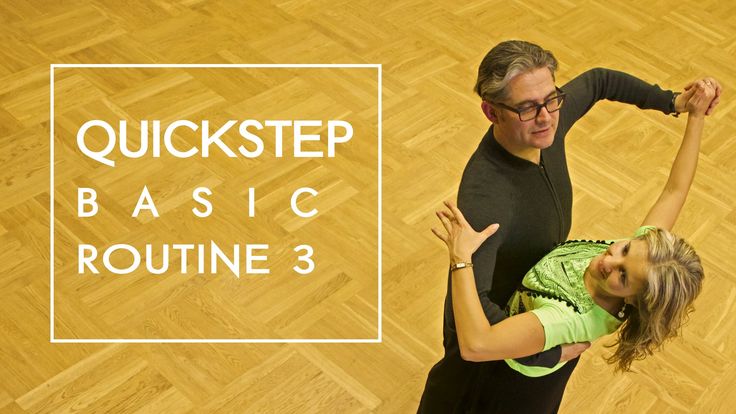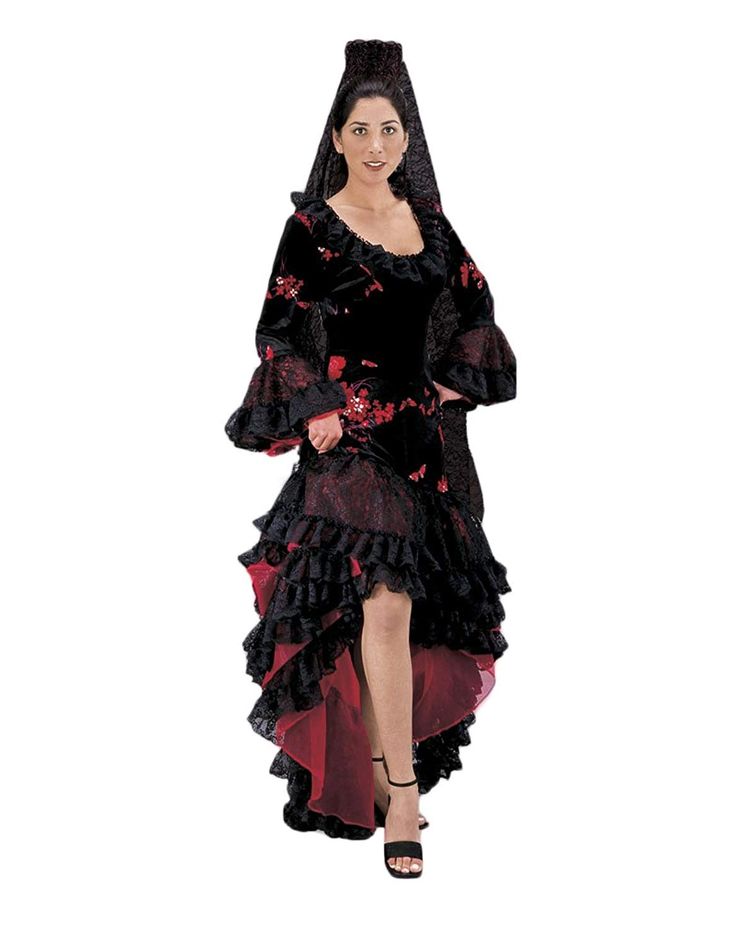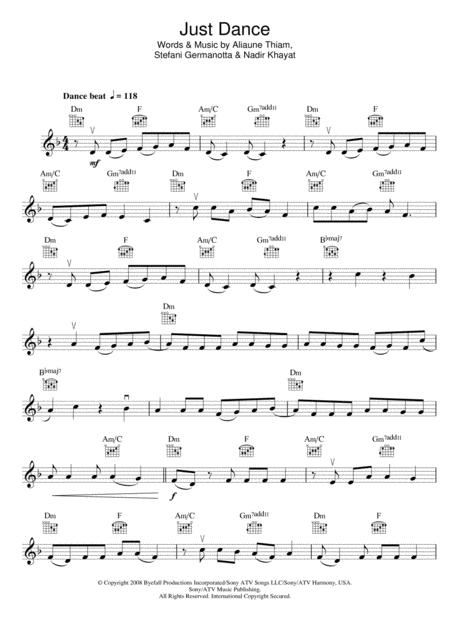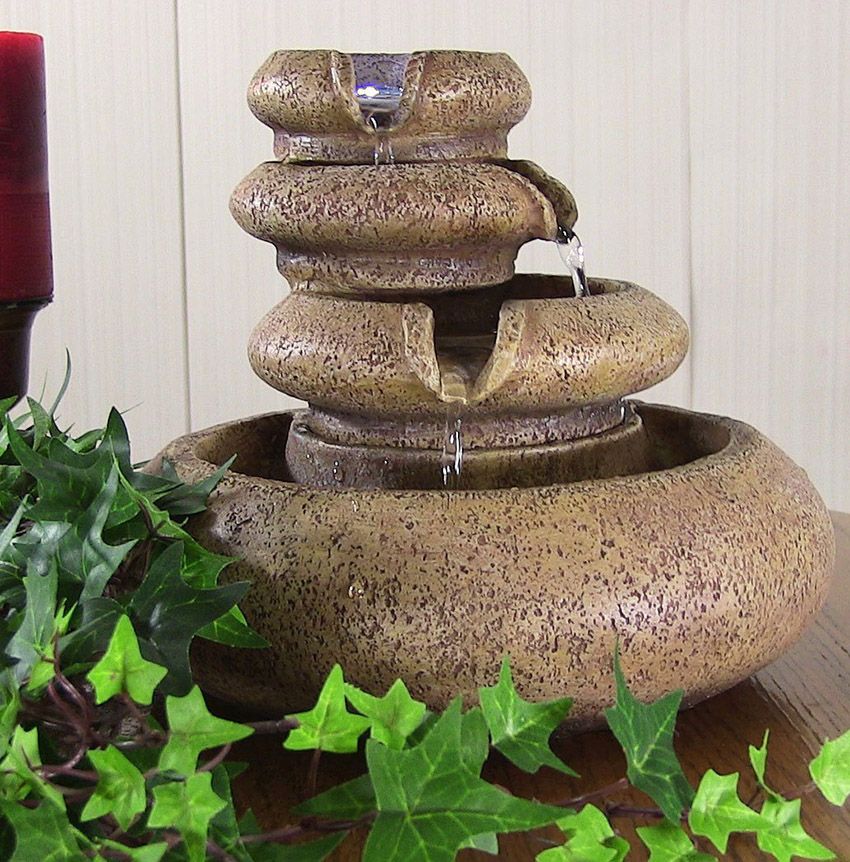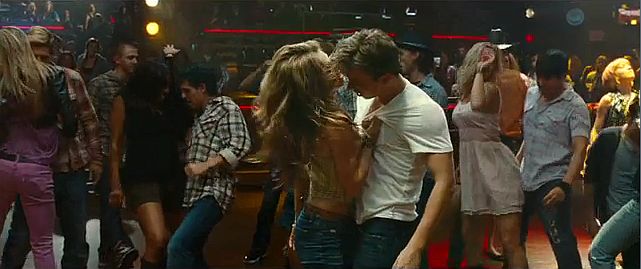How to say dance in other languages
Learn How To Say “Would You Like To Dance?” in 50 Languages
Photo: Roberto Michel/Shutterstock
DANCING IS ELEMENTAL, and a sure way to reach across barriers of culture and language. Impress latinxs in South America or the Greeks in Santorini by asking them to dance in their native language.
| Language | Spelling | Pronunciation |
|---|---|---|
| Afrikaans | Sal jy met my dans, assblief? | Sal yee met my dans asse-bleef |
| Albanian | A doni të vallzoni? | Ah don-ee the val-zonee |
| Arabic | Haiya narcos? | Hi-ya nar-cos |
| Armenian | Guh bares eendzee hed? | Guh bar-es e-end-zee hed |
| Bosnian | Hoces li plesati? | Ho-chesh lee pleh-sat-tee |
| Bulgarian | Iskate lid a tancuvame? | Is-ka-ta lee da tan-sov-may |
| Catalan | Vols ballar amb mi? | Volls ball-ar amb me |
| Chamorro | Malagu hao bumaila yan guahu? | Mala-goo how bum-all-e-ah yan gow-who |
| Chinese (Mandarian) | Ni Xiango taio wu ma? | Nee shee-ahng tee woo mah |
| Croatian | Bi li htio plesati sa mnom | Bee lee ha-tee-o pleh-sat-tee saw mnom |
| Czech | Smím prosit? | Smeem pro-say |
| Danish | Vil du danse med mig? | Vil do dan-say med mig |
| Dutch | Wil je met me dansen? | Will ye met mai dan-sen |
| Estonian | Kas te soovite tantside? | Kas tee sue-vite tant-side |
| Filipino | Halika sayaw tayo? | Ha-lee-ka say-awe tay-o |
| Finnish | Haluaisitko tanssia kanssani? | Hal-ua- tans-sia kan-sanee |
| French | Voulez vous danser? | Voo-lay voo dan-sah |
| Georgian | Ginda vicekvot? | Gin-da vi-cek-vot |
| German | Möchtest du mit mir tanzen? | Moch-test do mitt mir tan-zen |
| Greek | Thélis na horépsis mazí mou? | Thee-lis naw horep-shay ma-zay moo |
| Hebrew | Ha’im tirtsi lircod iti? | Ha-eem teart-see lear-cod it-ee |
| Hindi | Aap naachna chahenge? | Ap naw-ch-na cha-hen-ge |
| Hebrew | ihun uteh nihaiu stihein ana | i-un uttuh ni-haiu sti-hin ana |
| Hungarian | Szeretnél táncolni velem | Szer-ret-neal taan-col-nee vel-em |
| Icelandic | Viltu dansa við mig? | Vil-tu dan-saw vee-o mig |
| Indonesian | Bersediakah Anda berdansa dengan saya? | Ber-sed-ia-kah an-da ber-dan-sa den-gen say-ah |
| Irish (Gaelic) | An bhfuil tú damhsa liom? | Ahn buf-ool to daam-sa lee-om |
| Italian | Voule ballare? | Vou-lay ball-are-ee |
| Japanese | Odorimasho? | Oh-doh-ree-mah-show |
| Latvian | Vai jūs vēlaties dejot? | Vy joos vel-laaties de-jot |
| Lithuanian | Ar pašoksi su manini? | Are paas-oaks-ee sue man-een-nee |
| Luxembourgish | Wëlls de mat mir danzen? | Vells day maat mir dan-zen |
| Macedonian | Bi sakala li da tantsuvash so mene? | Be sak-a-la lee da tants-su-vaash so mena |
| Malay | Mahukah saudari menari dengan saya? | Mah-hu-ka sue-dari men-ari den-gen saya |
| Norwegian | Skal vi danse? | Skaal vee dan-say |
| Polish | Czy moge z pania zatańczyć? | Tsch mo-gau zee paan-yah za-tan-tsch |
| Portuguese | Você quer dançar? | Vo-see key-er dan-sar |
| Romanian | Vrai să dansezi? | Vrye suh dan-sez-e |
| Russian | Hochesh tantcivat? | Ho-che-sh ta-nt-ce-vaht |
| Scots | Woods ye loch tae jink wi’ me? | Woods ya lock tay jink we me |
| Serbian | Mogu li imati ovu igru? | Moo-goo lee im-ati oo-vu ig-ru |
| Slovak | Smiem prosiť? | Smeem pro-say |
| Slovenian | Bi radi plesali z mano? | Be rad-ee pleh-sal-ee z maan-o |
| Spanish | Quieres bailar? | Key-er-es by-lar |
| Swahili | Tcheze ngoma? | Tche-zee no-ma |
| Swedish | Vill du dansa med mig? | Vill du dan-sa med mig |
| Thai | Yàhk dtên rum mái? | Yahk dten rum my |
| Turkish | Benimle dans eder misiniz? | Ben-em-lee dans ed-er miss-in-ez |
| Ukrainian | Chočeš zi mnoiu potantsjuvaty? | Cho-says zee men po-tants-ju-vat-ee |
| Uzbek | Men bilan raqsga tushmaysizmi? | Men bil-ahn racks-ga tush-my-siz-me |
| Yiddish | Volstu gevolt tantsn mit mir? | Vols-tu ga-volt tant-sen mitt mir |
| Zulu | Uthanda ukudansa nami? | U-than-dah u-ku-dan-sa na-me |
The next time you land on foreign soil, mingle with the locals and learn some new moves.
More like this
Translation Services USA - Translate "dance" into Croatian (hrvatski)
Recent News: Translation Services USA has relocated to New York City!
Search for an expression in any language pair...
Expression
Language From
AbazaAbkhazAcholiAfrikaansAkanAlabamaAlbanianAmharicArabicAragoneseAraneseArchiArmenianArvaniticAssameseAsturianAvestanBambaraBashkirBasqueBavarianBelarusianBembaBengaliBislamaBosnianBretonBulgarianBurmeseCatalanCebuanoChamorroChechenCherokeeChickasawChineseChinese TraditionalChuvashCornishCorsicanCrimean TatarCroatianCzechDanishDolganDutchEnglishErzyaEsperantoEstonianEweEyakFaroeseFilipinoFinnishFlemishFonFrenchFrisianFriulianFutunanGagauzGalicianGeorgianGermanGilakiGreekGuernésiaisGujaratiHaitian Creole FrenchHatian CreoleHawaiianHebrewHiligaynonHindiHopiHungarianIcelandicIdoIgboIndonesianIngushInterlinguaIrishItalianJapaneseJavaneseKabyleKalmykKannadaKaqchikelKashubianKazakhKekchíKhakasKhmerKiribatiKoreanKoryakKumykKyrgyzLadinLaoLatgalianLatinLatvianLingalaLingua Franca NovaLithuanianLivonianLojbanLombardLugandaLuxembourgishMacedonianMadureseMalagasyMalayMalayalamMalteseMamManxMaoriMarathiMarwariMinangkabauMingrelianMirandeseMokshaMongolianNauruanNavajoNeapolitanNepaliNiasNogaiNovialO'odhamOccitanOld EnglishOriyaOssetianPersianPiedmontesePitjantjatjaraPolishPortuguesePotawatomiRapa NuiRomanianRussianSamoanSanskritScotsScottish GaelicSerbianShorSicilianSilesianSinhalaSkolt SamiSlovakSlovenianSomaliSpanishSrananSundaneseSwahiliSwedishTagalogTahitianTajikTamasheqTamilTatarTausugTeluguTetumThaiTlingitTok PisinTonganTsongaTswanaTurkishTurkmenTzeltalUdmurtUgariticUkrainianUmbunduUrduUzbekVendaVenetianVepsVietnameseVolapükVõroWalloonWarlpiriWelshWolofXârâcùùXhosaYiddishYorubaZulu
Language To
AbazaAbkhazAcholiAfrikaansAkanAlabamaAlbanianAmharicArabicAragoneseAraneseArchiArmenianArvaniticAssameseAsturianAvestanBambaraBashkirBasqueBavarianBelarusianBembaBengaliBislamaBosnianBretonBulgarianBurmeseCatalanCebuanoChamorroChechenCherokeeChickasawChineseChinese TraditionalChuvashCornishCorsicanCrimean TatarCroatianCzechDanishDolganDutchEnglishErzyaEsperantoEstonianEweEyakFaroeseFilipinoFinnishFlemishFonFrenchFrisianFriulianFutunanGagauzGalicianGeorgianGermanGilakiGreekGuernésiaisGujaratiHaitian Creole FrenchHatian CreoleHawaiianHebrewHiligaynonHindiHopiHungarianIcelandicIdoIgboIndonesianIngushInterlinguaIrishItalianJapaneseJavaneseKabyleKalmykKannadaKaqchikelKashubianKazakhKekchíKhakasKhmerKiribatiKoreanKoryakKumykKyrgyzLadinLaoLatgalianLatinLatvianLingalaLingua Franca NovaLithuanianLivonianLojbanLombardLugandaLuxembourgishMacedonianMadureseMalagasyMalayMalayalamMalteseMamManxMaoriMarathiMarwariMinangkabauMingrelianMirandeseMokshaMongolianNauruanNavajoNeapolitanNepaliNiasNogaiNovialO'odhamOccitanOld EnglishOriyaOssetianPersianPiedmontesePitjantjatjaraPolishPortuguesePotawatomiRapa NuiRomanianRussianSamoanSanskritScotsScottish GaelicSerbianShorSicilianSilesianSinhalaSkolt SamiSlovakSlovenianSomaliSpanishSrananSundaneseSwahiliSwedishTagalogTahitianTajikTamasheqTamilTatarTausugTeluguTetumThaiTlingitTok PisinTonganTsongaTswanaTurkishTurkmenTzeltalUdmurtUgariticUkrainianUmbunduUrduUzbekVendaVenetianVepsVietnameseVolapükVõroWalloonWarlpiriWelshWolofXârâcùùXhosaYiddishYorubaZulu
- dance
- plésati (Croatian / hrvatski)
The original English definition:
- dance (English)
- A sequence of rhythmic steps or movements performed to music, for pleasure or as a form of social interaction.
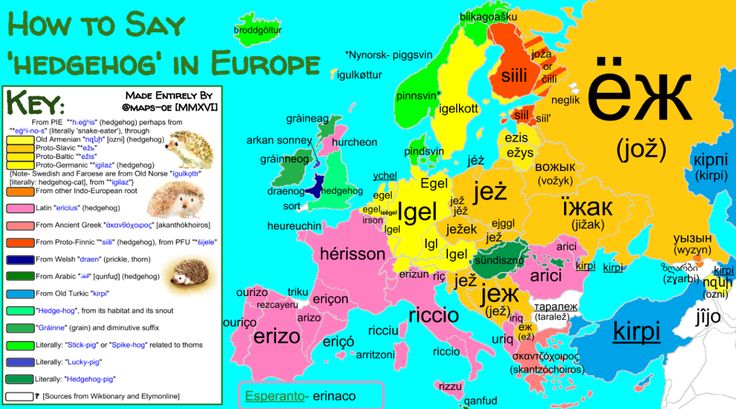
- To move with rhythmic steps or movements, especially in time to music.
Now that you've learned the Croatian word for "dance", maybe you also need English translation for your document, website, or app? You're in the right place!
If you have documents, a website, an app, or anything else that requires a thorough, accurate translation by native-speaking English linguists, Translation Services USA can put you in touch with the right people.
We have a translation solution to fit every project and every budget, so get your Get Quote now in just three easy steps!
Translate dance
Learn how to say "dance" in other languages:
- ...in Arabic.
- ...in Armenian.
- ...in Asturian.
- ...in Basque.
- ...in Bavarian.
- ...in Bengali.
- ...in Bulgarian.
- ...in Catalan.
- ...in Chinese.
- ...in Chinese Traditional.
- ...in Czech.
- ...in Danish.
- ...in Dutch.

- ...in Esperanto.
- ...in Estonian.
- ...in Ewe.
- ...in Filipino.
- ...in Finnish.
- ...in French.
- ...in Frisian.
- ...in Georgian.
- ...in German.
- ...in Greek.
- ...in Hebrew.
- ...in Hindi.
- ...in Hungarian.
- ...in Ido.
- ...in Interlingua.
- ...in Irish.
- ...in Italian.
- ...in Japanese.
- ...in Khmer.
- ...in Korean.
- ...in Latin.
- ...in Lithuanian.
- ...in Luxembourgish.
- ...in Malay.
- ...in Maltese.
- ...in Marathi.
- ...in Neapolitan.
- ...in Persian.
- ...in Polish.
- ...in Portuguese.
- ...in Romanian.
- ...in Russian.
- ...in Scottish Gaelic.
- ...in Slovenian.
- ...in Spanish.
- ...in Swahili.
- ...in Swedish.
- ...in Tagalog.
- ...in Tamil.
- ...in Thai.
- ...in Turkish.
- ...in Ukrainian.

- ...in Urdu.
- ...in Vietnamese.
- ...in Võro.
- ...in Welsh.
Browse our dictionary
Find other interesting words in English and Croatian by browsing through our dictionary:
- Browse English dictionary
- Browse Croatian dictionary
Get Quote
Word "Dance" in different languages Dance Studio Let's Dance!
Tania Useful articles
Hello Everyone!
Since I know that you all love to dance, I'm sure that being in any other country in the world, you also dance at parties, milongas and in different cafes.
I think that knowing how to spell and read the word "Dance" in different languages of the world will help you not to miss such places. Happy holiday to you.
Dance everywhere! Dance always! Live dancing-dot! Let's Dance!
| Translation of the word "Dance" into the languages of the world | ||
No.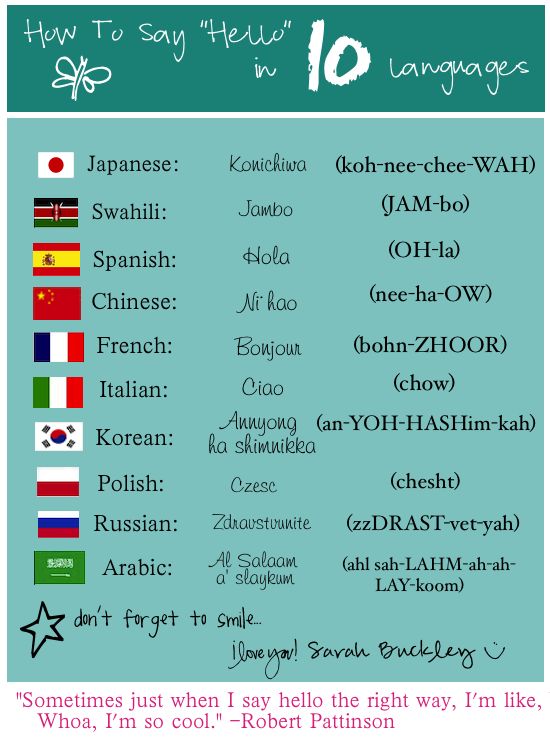 | Language | Translation |
| 1 | Albanian | valley |
| 2 | English | dance |
| 3 | Arabic | رقص |
| 4 | Armenian | par |
| 5 | Afrikaans | dans |
| 6 | Belarusian | skoki |
| 7 | Bulgarian | tanz |
| 8 | Welsh | dawns |
| 9 | Hungarian | tanc |
| 10 | Vietnamese | khiêu vũ |
| 11 | Galician | danza |
| 12 | Dutch | dance |
| 13 | Greek | χορός |
| 14 | Danish | dans |
| 15 | Hebrew | ריקוד |
| 16 | Yiddish | טאַנצן |
| 17 | Indonesian | tari |
| 18 | Irish | prince |
| 19 | Icelandic | dance |
| 20 | Spanish | danza |
| 21 | Italian | danza |
| 22 | Kazakh | bi |
| 23 | Catalan | dansa |
| 24 | Chinese | 舞蹈 (wudao) |
| 25 | Korean | 댄스 |
| 26 | Latvian | deja |
| 27 | Lithuanian | šokis |
| 28 | Macedonian | tanz |
| 29 | Malay | tari |
| 30 | Maltese | żfin |
| 31 | Norwegian | dans |
| 32 | Persian | رقص |
| 33 | Polish | taniec |
| 34 | Portuguese | Danca |
| 35 | Romanian | dans |
| 36 | Serbian | ples |
| 37 | Slovak | tanec |
| 38 | Slovenian | ples |
| 39 | Swahili | ngoma |
| 40 | Thai | नृत्य |
| 41 | Tatar | biyu |
| 42 | Turkish | oyun |
| 43 | Ukrainian | dance |
| 44 | Philippine | sayaw |
| 45 | Finnish | tanssi |
| 46 | French | dance |
| 47 | Hindi | नृत्य |
| 48 | Croatian | ples |
| 49 | Czech | tanec |
| 50 | Swedish | dans |
| 51 | Esperanto | Danco |
| 52 | Estonian | tants |
| 53 | Japanese | ダンス |
share
VKontakte
OK
Telegram
Viber
Balls and traditions.
 Interesting facts
Interesting facts Ball, ball, ball!!!
Ball is always a holiday. Bright, colorful, sparkling, cheerful. And this holiday has always been desired and loved in Russia.
Balls were given all year round, but the season began in late autumn and continued throughout the winter. Often in one evening I had to attend two or three balls, which required considerable strength, besides, many balls ended in the morning, and the next day it was necessary to make visits and prepare for the upcoming amusements.
Balls and masquerade balls were divided into class, professional, age categories, timed to coincide with special celebrations, and were court, public, private, merchant, wedding, children's ...
Balls of the Noble Assembly, balls of artists and balls held by foreign embassies, merchants' balls were popular in their time.
History of balls in Russia
The first ball in Russia took place in Moscow at the wedding of False Dmitry and Marina Mnishek.
Peter I resumed the balls, and since then they have become loved and revered both in the capitals and in the provinces of the Russian Empire.
Peter's assemblies became the prototype of future balls. The assemblies were gatherings with dances. Assemblies began to be held in St. Petersburg and Moscow as early as 1717 in the homes of the Russian nobility.
Assemblies served not only as a means of entertainment - "for fun", but also a place "for reasoning and friendly conversations."
Then, during the reign of Anna Ioannovna, Elizabeth Petrovna and Catherine II, assemblies completely supplanted balls and masquerade balls.
A ball is a solemn public or secular event, the main component of which is a dance program.
Therefore, since the 18th century, dance has become a compulsory subject in all higher and secondary educational institutions, schools and boarding schools. It was studied at the royal lyceum and at modest vocational and commercial schools, at the gymnasium and at the cadet school.
In Russia, they not only perfectly knew all the latest and old ballroom dances, but also knew how to perfectly perform them. The dance culture of Russia in the 19th century stood at a high level.
Ballroom dress code
The ball has its own ceremonial and rules of conduct, which makes it so majestic and luxurious. All this allowed to maintain sophistication and attractiveness.
It was customary to come to the ball dressed smartly. Cavaliers - in a tailcoat pair, tuxedo or suit (depending on specific requirements and conditions), white shirt and vest. By the way, tailcoats were of different colors, only by the end of the 30s of the XIX century the fashion for black was established.
White gloves were an obligatory item of clothing for gentlemen. The civilians wore kid gloves, and the military wore suede gloves.
Moreover, according to the rules, the lady had every right to refuse the gentleman without gloves. Therefore, it was better to come to the ball in black gloves than no gloves at all.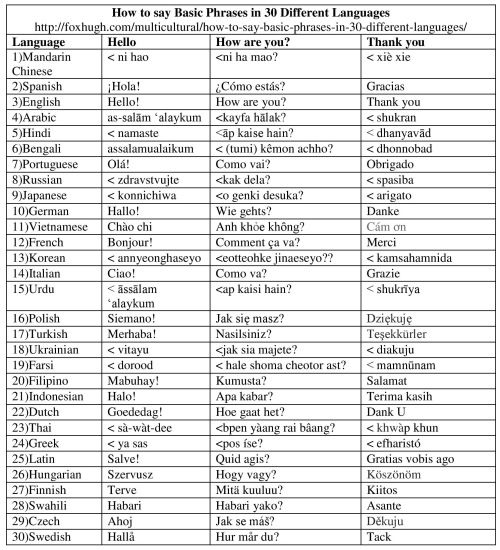
Civilian gentlemen's costumes depended little on fashion and were recommended to be sewn in classical forms.
The military came in full dress uniforms corresponding to their regiments.
Cavaliers came to the ball in boots. Ballroom boots were also worn by the military, and only uhlans were allowed to wear boots. The presence of spurs was not approved. The fact is that the spurs tore the dresses during the dance. But some lancers broke this rule for the sake of panache.
Ladies and girls dressed in fashionable dresses. As a rule, the dress was sewn for one ball and only in extreme cases was used twice.
Ladies could choose any color for the dress, unless otherwise specified. For example, on January 24, 1888, an emerald ball was held in St. Petersburg, at which all those present were dressed in the appropriate color.
Dresses for girls were made in white or pastel colors - blue, pink and ivory, that is, the color of "ivory".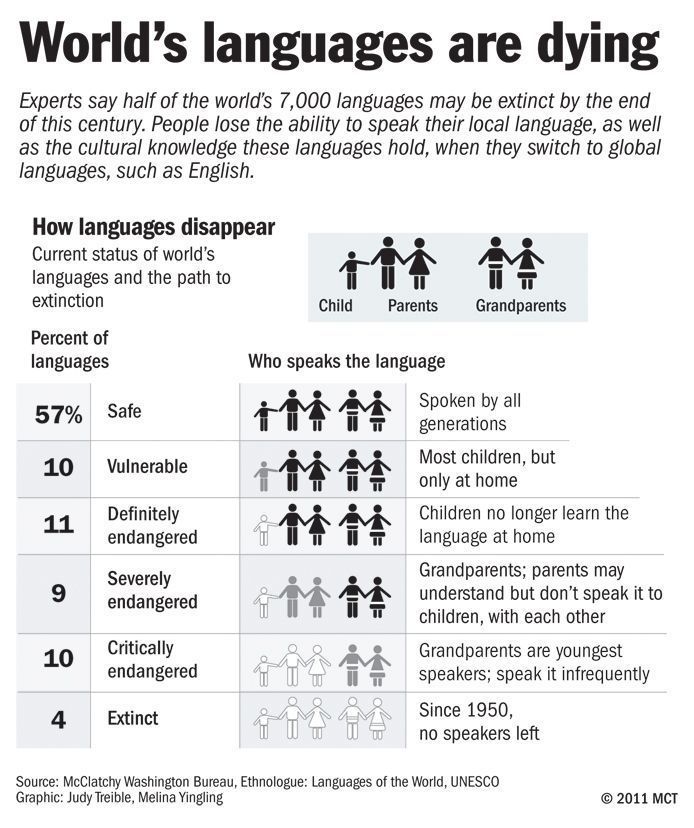
Matching gloves or white gloves were matched with the dress. By the way, wearing rings over gloves was considered bad manners. Even more interesting facts can be found in the historical park "Russia-My History".
Ladies could adorn themselves with a headdress.
The girls were encouraged to have a modest hairstyle. But in any case, the neck had to be open.
The cut of ball gowns depended on fashion, but one thing remained unchanged in it - open neck and shoulders.
With such a cut of the dress, neither a lady nor a girl could appear in the world without jewelry around the neck - a chain with a pendant or a necklace. That is, something had to be worn necessarily.
Ladies' jewelry could be any - the main thing is that they are chosen with taste. Girls were supposed to appear at balls with a minimum amount of jewelry, for example, with a pendant around their neck or a modest bracelet.
An important component of the ladies' ball costume was the fan, which served not so much to create a fresh breath, but as a language of communication, now almost lost.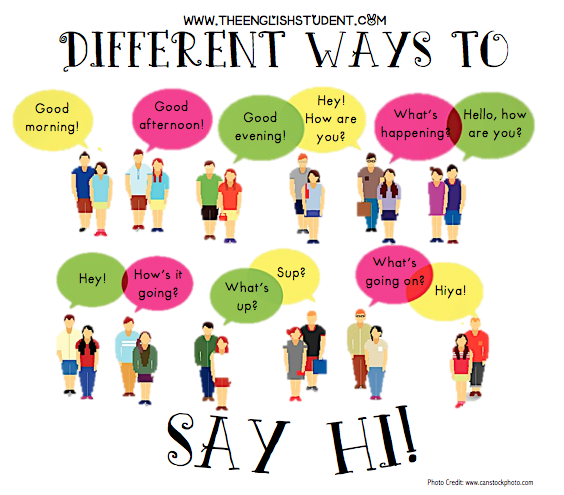
Recovering to the ball, the lady took with her a ball book - carne or agenda - where, opposite the list of dances, she entered the names of gentlemen who wanted to dance this or that dance with her. Sometimes the reverse side of the fan could be used instead of the agend. It was considered excessive coquetry to brag about your completed agenda, especially to those ladies who were rarely invited.
Rules of conduct at the ball
By accepting the invitation to come to the ball, everyone thus assumed the obligation to dance. Refusing to participate in dances, as well as showing dissatisfaction or making it clear to a partner that you dance with him only out of necessity, was considered a sign of bad taste. And vice versa, it was considered a sign of good education at the ball to dance with pleasure and without coercion, regardless of the partner and his talents.
At a ball, more than at any other social event, a cheerful and amiable expression is appropriate.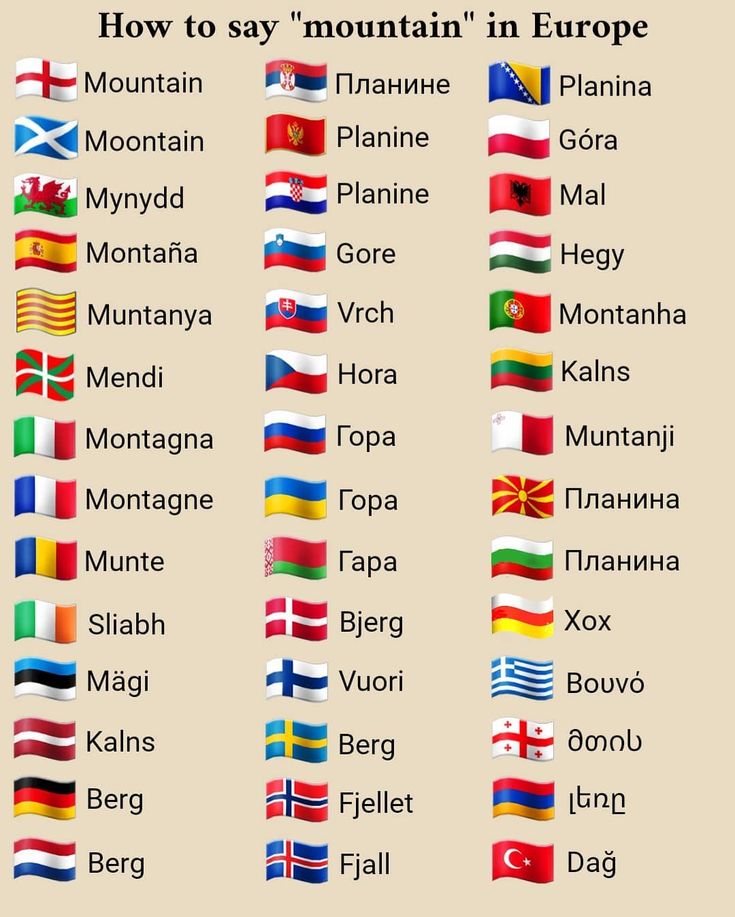 To show at the ball that you are not in a good mood or are dissatisfied with something is inappropriate and impolite in relation to those having fun.
To show at the ball that you are not in a good mood or are dissatisfied with something is inappropriate and impolite in relation to those having fun.
Starting conversations with acquaintances before paying tribute to the owners was considered indecent. At the same time, not greeting acquaintances (even with a nod of the head) was also unacceptable.
There was a special culture of invitation to dance at the balls. An invitation to a dance was allowed in advance, both before the ball itself and at the ball. At the same time, it was considered impolite if a lady arrived at the ball promising more than the first three dances in advance.
In the ballroom, order and dancing are supervised by the manager of the ball.
During the ball, gentlemen should monitor the comfort and convenience of the ladies: bring drinks, offer help. The gentleman had to make sure that his lady was not bored.
Talking at a ball is certainly permissible. At the same time, it is not recommended to touch on complex and serious topics, as well as to gather a large company around you.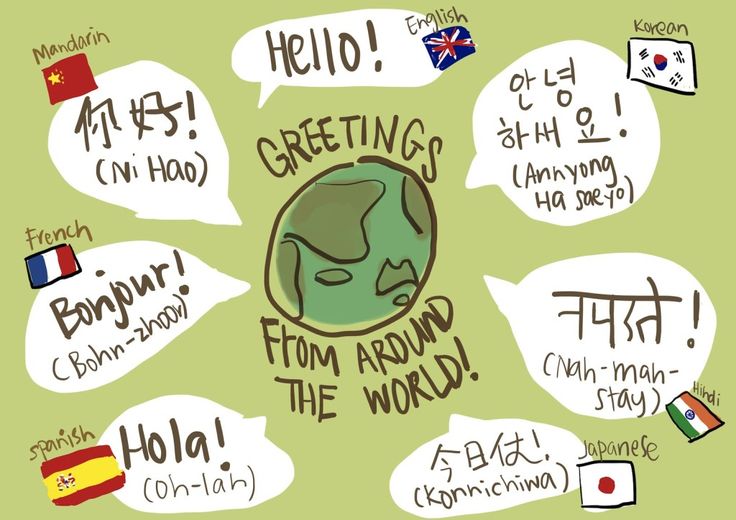
Buffoonery is not appropriate at balls. Even gentlemen who have a too cheerful disposition are advised to behave with dignity at the ball. Quarrels and quarrels between gentlemen are highly discouraged during the ball, but if disagreements arise, then it is recommended to resolve them outside the dance hall. Ladies are the main decoration of any ball. Therefore, it behooves them to behave affably and nicely. Loud laughter, slander, bad humor can cause disapproval of a decent society. The behavior of the ladies at the ball should be distinguished by modesty, the expression of extreme sympathy for any gentleman can give rise to condemnation.
Most of all, any manifestations of jealousy on the part of ladies and gentlemen are inappropriate at the ball. On the other hand, immodest looks and defiant behavior that provokes other participants in the ball are also unacceptable.
Dancing
According to the rules, the gentleman began the invitation to dance with the hostess of the house, then all her relatives followed, and only then it was the turn to dance with their familiar ladies.
At the beginning of the 19th century, the ball opened with a polonaise, where in the first pair the host walked with the most honored guest, in the second pair - the hostess with the most honored guest.
At the end of the 19th century, the ball began with a waltz, but court, children's and merchant balls opened with a majestic polonaise.
During the 19th century, the number of dances that a gentleman could dance with one lady during a ball changed. So at the beginning of the century this number was equal to one, and already in the 1880s two or three dances were allowed, not following one after another in a row. Only the bride and groom could dance more than three dances. If the gentleman insisted on more than expected number of dances, the lady refused, not wanting to compromise herself.
During the dance, the gentleman entertained the lady with light secular conversation, while the lady answered modestly and laconic.
The cavalier's duties also included preventing collisions with other couples and preventing his lady from falling.
